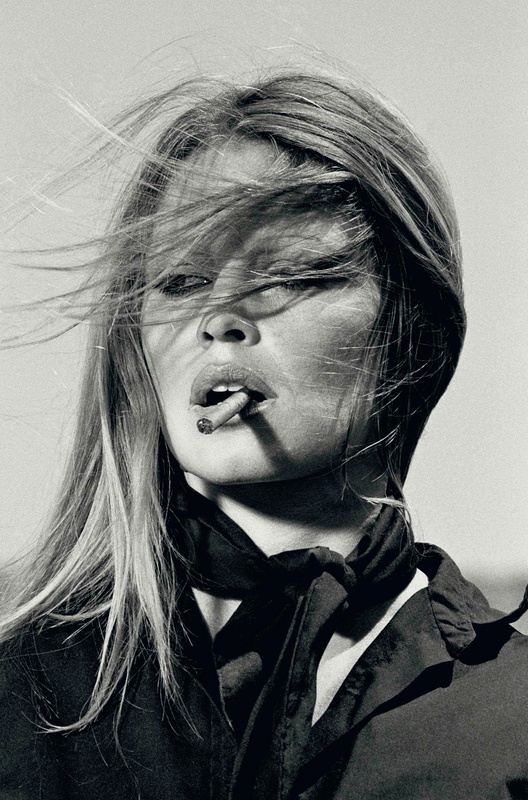Terry O'Neill (1938-2019) was one of the twentieth century's most accomplished and collected photographers, who shot to fame in the 1960s when he began photographing the emerging faces of the film, fashion and music scenes that would go on to define the Swinging Sixties. By 1965 he was commissioned by the biggest magazines and newspapers around the world, and became famous for capturing his subjects candidly or in unconventional settings.
No other photographer has chronicled the frontline of fame in such detail, capturing celebrities, politicians, presidents and royalty; from Winston Churchill to Nelson Mandela, singers from Frank Sinatra and Elvis to Amy Winehouse, big-screen stars from Audrey Hepburn and Brigitte Bardot to Nicole Kidman, modern supermodels from Naomi Campbell to Kate Moss, and almost every James Bond from Sean Connery to Daniel Craig. His portraits were consistently noted for their unposed and intimate nature over six decades.
He photographed The Beatles and The Rolling Stones when they were still struggling young bands in 1963, and pioneered backstage reportage photography with David Bowie, Elton John, Eric Clapton, and Chuck Berry. His images have adorned historic rock albums, movie posters and international magazine covers.
In 1977, aged just 24, O'Neill travelled to Hollywood, freelancing for Vogue, Paris Match and Rolling Stone. Most celebrated of his Los Angeles works are his photographs of a sullen Brigitte Bardot smoking in the wind, and of American Actress Faye Dunaway. He photographed Oscar-winner Faye Dunaway - who he went on to marry - by a Beverly Hills poolside the morning after she won her Best Actress Oscar, in what has been described as the most iconic Hollywood shot of all time. Armed with nothing but a roll of 35mm film, he brought a whole new candour to celebrity photography that hadn't been seen before, and is unlikely to be seen again. Lounging by the Beverly Hills Hotel swimming pool at dawn, the image depicts Dunaway in a night robe, surrounded by several newspapers proclaiming her victory, and her Oscar statuette prominently shown on a table beside her breakfast tray. The series of shots were photographed in both colour and black & white. One image from the series hangs in the permanent collection of the National Portrait Gallery in London.
In the decades that followed his move to Los Angeles, Terry O'Neill became one of the world's most published photographers on both sides of the Atlantic. In addition to photographing the decade's showbiz elite such as Judy Garland, Frank Sinatra and Twiggy, he also photographed members of the British Royal Family and prominent politicians, showing them in a more natural and human light than they had been portrayed in the past. His photographs of Elton John are among his best known.
Terry O'Neill was awarded an honorary fellowship of the Royal Photographic Society in 2004. In 2011, he was awarded The Royal Photographic Society's Centenary medal in recognition of a sustained, significant contribution to the art of photography.
Reflecting on his work and influence to Life Force magazine over half a century after making his name, O'Neill said: "In a way, photographers like myself, David Bailey, Terence Donovan and Brian Duffy created the Sixties. It wasn't just who we were shooting, but the way we shot them. You can't take candid shots of today's celebrities because they are brands and their management demand control of the images. It means the public only gets to see what the stars want them to see-or what the paparazzi can snatch… honesty, immediacy and intimacy has been extinguished and any reality is distorted through the lens of stalker photographers."
Terry O'Neill was appointed Commander of the Order of the British Empire (CBE) in the 2019 Birthday Honours, for services to photography.
Terry O'Neill passed away in November 2019, but his legacy lives on.
